
How to Know If You Have Good Oral Hygiene: Signs & Tips

Trending Blog Articles
Popular Dental Blog Posts
 What Is Oral Hygiene According to WHO? Understanding Global Dental Health Standards
What Is Oral Hygiene According to WHO? Understanding Global Dental Health StandardsLearn what oral hygiene means according to WHO, why it’s essential for global health, and how good dental practices can improve your overall well-being. Expert insights from Family Dentistry Online.
 What Is Oral Hygiene and Why It Matters for Americans
What Is Oral Hygiene and Why It Matters for AmericansLearn what oral hygiene is, why it’s vital for your health, and how to maintain a healthy mouth. Explore expert oral care insights from Family Dentistry Online designed for U.S. adults.
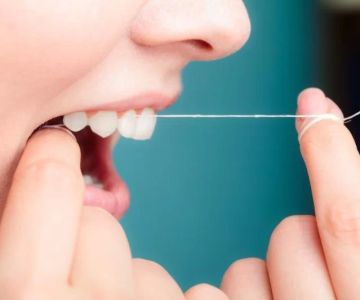 How Often Should I Floss to Maintain Good Oral Hygiene? Expert Dental Guide
How Often Should I Floss to Maintain Good Oral Hygiene? Expert Dental GuideLearn how often you should floss to maintain good oral hygiene, prevent gum disease, and keep your smile healthy. Expert dental advice from Family Dentistry Online.
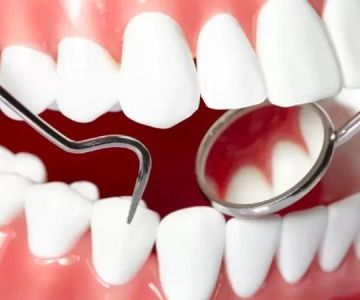 What Is Considered Good Oral Hygiene and How to Maintain It
What Is Considered Good Oral Hygiene and How to Maintain ItLearn what is considered good oral hygiene and how to maintain it through daily habits, professional care, and lifestyle choices. Explore expert dental advice from Family Dentistry Online for a brighter, healthier smile.
 What Order to Do Oral Hygiene: The Best Routine for Healthy Teeth
What Order to Do Oral Hygiene: The Best Routine for Healthy TeethLearn the ideal order for brushing, flossing, and mouthwash use to maximize your oral hygiene. Discover dentist-backed tips and real-life stories for a cleaner, healthier smile. Visit Family Dentistry Online for personalized dental care recommendations.
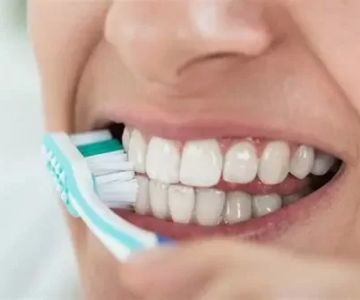 Effective Oral Hygiene Measures for Healthy Teeth and Gums
Effective Oral Hygiene Measures for Healthy Teeth and GumsLearn the most effective oral hygiene measures for maintaining healthy teeth and gums. Explore brushing techniques, flossing, and essential habits for excellent dental care.
Categories
Popular Dental Clinics
 Smile Doctors Orthodontics - Canton4.0 (181 review)
Smile Doctors Orthodontics - Canton4.0 (181 review) Newtown Dental Care - Dr. Edward Magida5.0 (412 review)
Newtown Dental Care - Dr. Edward Magida5.0 (412 review) Aspen Dental - Palatine, IL4.0 (253 review)
Aspen Dental - Palatine, IL4.0 (253 review) Sunburst Dental Care4.0 (6 review)
Sunburst Dental Care4.0 (6 review) Dalley R Lindsey DDS5.0 (22 review)
Dalley R Lindsey DDS5.0 (22 review)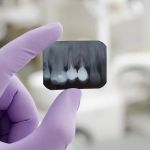 Vaksman Dental Group4.0 (309 review)
Vaksman Dental Group4.0 (309 review) Top Dental Blog Posts
Most Searched Dental Clinics
Hot Blog Topics
 The Importance of Oral Health Education During Pregnancy for a Healthy Pregnancy
The Importance of Oral Health Education During Pregnancy for a Healthy Pregnancy Best Tips for Brushing Your Teeth Properly for Healthy Gums: Essential Techniques for Oral Health
Best Tips for Brushing Your Teeth Properly for Healthy Gums: Essential Techniques for Oral Health Why Skipping Dental Checkups Can Lead to Bigger Oral Health Problems
Why Skipping Dental Checkups Can Lead to Bigger Oral Health Problems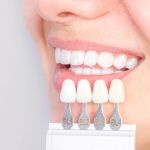 Advantages of Porcelain Dental Restorations
Advantages of Porcelain Dental Restorations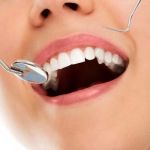 How Can Diabetes Cause Tooth and Gum Problems? Preventing and Managing Oral Health Issues
How Can Diabetes Cause Tooth and Gum Problems? Preventing and Managing Oral Health Issues Healthy Habits for Promoting Good Oral Health and Hygiene: Tips for a Healthy Smile
Healthy Habits for Promoting Good Oral Health and Hygiene: Tips for a Healthy Smile 